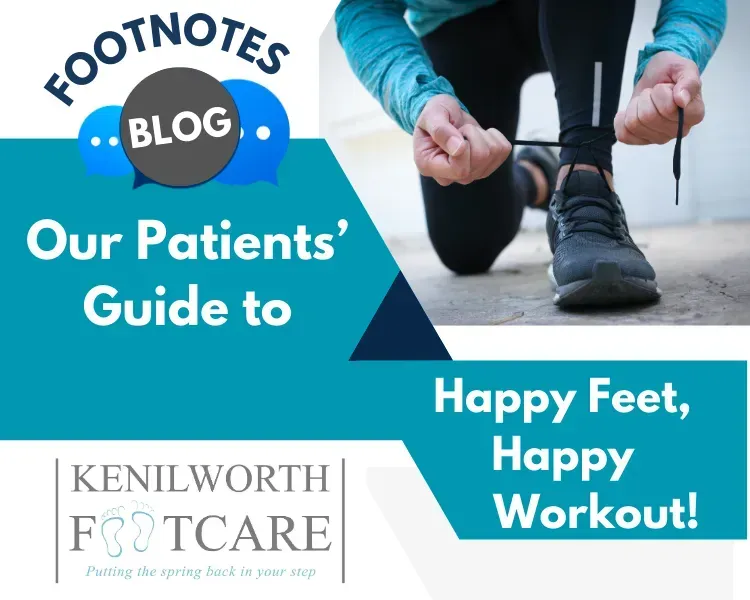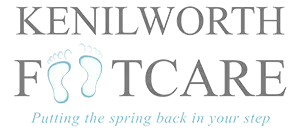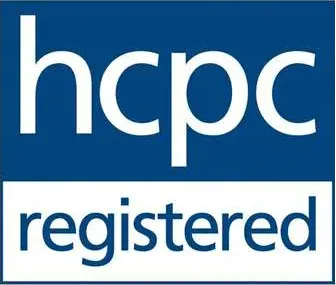
Happy Feet, Happy Workout!
January is the month traditionally associated with plans to get fitter and improve our health. Now we're in February, have you kept up with those plans?
There are many reasons for not keeping up with those resolutions, but don't let your feet be one! An increase in activity can cause all sorts of foot issues. Here is a summary of just a few:
1) Blisters
If you pulled on an old pair of trainers to start your Couch-to-5k, or if you bought yourself a brand new pair, blisters may have caused you pain. Old trainers can get sloppy, and new ones can be stiff at first, both factors which can cause blisters. To counteract that, try wearing 2 thin pairs of socks, or adjusting your lacing pattern. We stock Compeed blister dressings, which can provide relief and speed up healing, but only if the roof of your blister has rubbed off. We also have Shearban patches, which can be stuck to the inner surface of your trainer, which reduce friction. Ask your practitioner for advice.
2) Heel Pain
Not all heel pain is plantar fasciitis, but if you experience any type of heel pain, your body is telling you that there's either a problem with your footwear, or your gait. Some simple first-aid measures to relieve the pain include applying ice, rolling a tennis ball under the arch and stretching your calf muscles and Achilles tendon. BUT if the symptoms don't subside after a few days, do consider a Musculoskeletal Assessment, which will help us to identify the reasons behind your heel pain, which can then be addressed with a personalised management plan, specific to you and your gait issues.
3) Forefoot Pain
Another problem that could be caused either by footwear or gait. Pain in this area could be down to a nerve irritation (Morton's neuroma), tendonitis, plantar plate tear or even a fractured metatarsal. An accurate diagnosis is essential before prescribing a management plan.
4) Ankle, Knee or Hip Pain
Niggly aches (or worse) could also be down to a problem with your feet. Your foot alignment has a big impact further up the leg, so make sure that any issues are addressed at ground level first.
So, what can you do to keep your feet going?
Make sure you have the correct footwear for your activity. Take advice from qualified fitters in sports shops, rather than ordering online.
Start off gently. allow your body to adjust to the new regime and increase the duration/intensity gradually.
Make sure your feet are strong enough for the job. Ironically, the more supportive and cushioned our footwear, the lazier our feet get. The small muscles within the feet that help maintain our arches and support our ankles need to be exercised, and this can only be done when barefoot. This is such an important and often overlooked issue that we actually created a course to help address it! Check it out here https://fitfeet.thinkific.com/
And, of course, if you have any concerns, give us a call.




